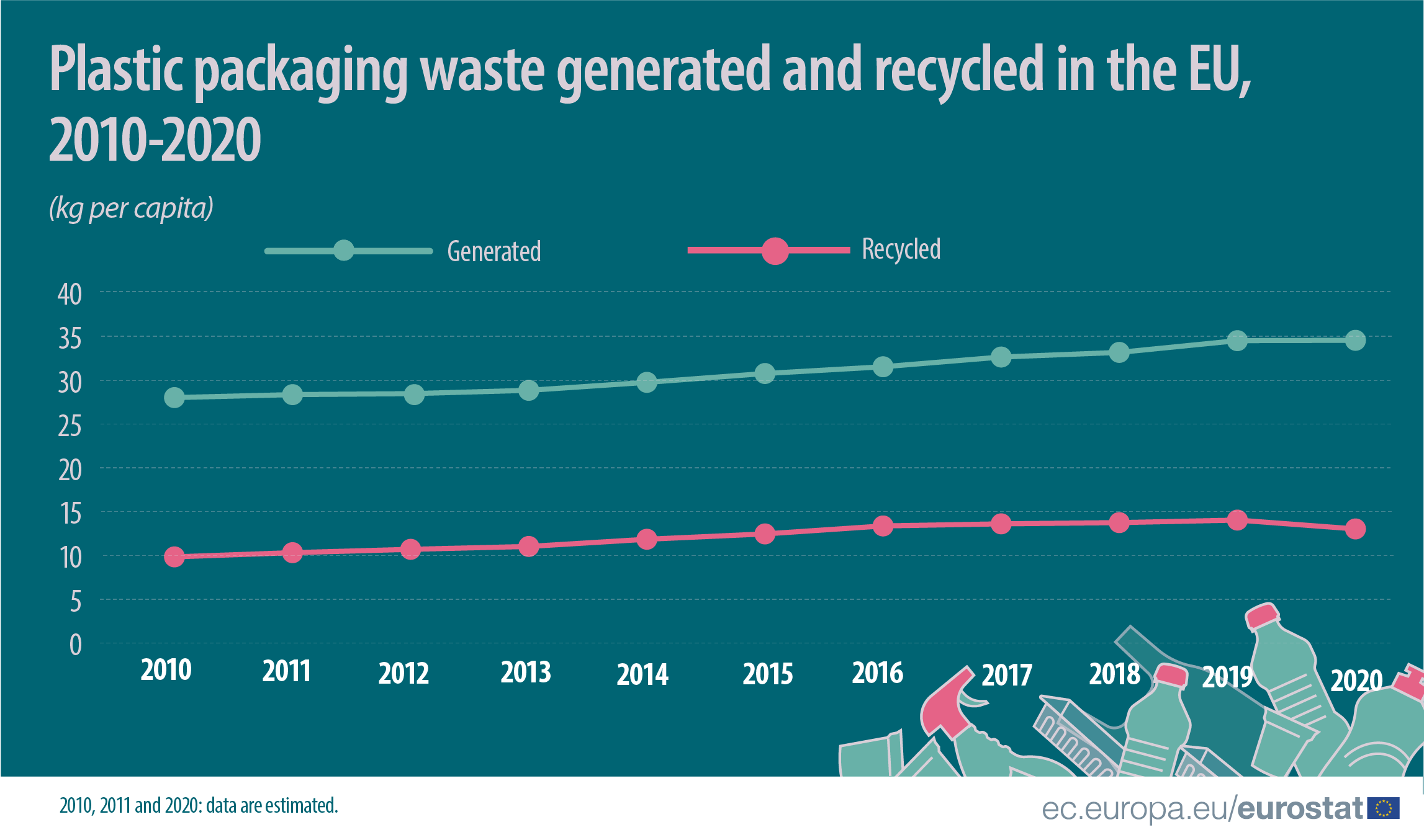Statistics
In 2020, the average hourly labour cost in the EU was €28.9.
In 2020, life expectancy of a female newborn in the EU was 83.2 years, 5.7 years higher than for a male newborn (77.5 years).
As of 1 January 2021, young people (aged 15-29 years) made up some 16.3% of the EU’s total population.
In the first half of 2022, average household electricity prices in the EU increased sharply compared with the same period in 2021, from €22.0 per 100 kWh to reach €25.3 per 100 kWh.
In 2020, each person living in the EU generated 34.6 kg of plastic packaging waste on average. Out of these, 13.0 kg were recycled.
In 2021, there were 2.79 million employed persons with an ICT education, 3.3% more than in 2020.
Between the first and second quarter of 2022, 3.3 million unemployed people in the EU (25% of all unemployed in the first quarter of 2022) found a job.
The EU tourism industry seems to be rebounding from the COVID-19 pandemic strongly.









